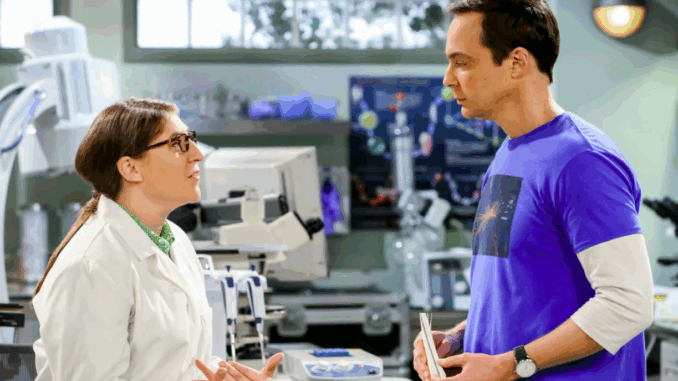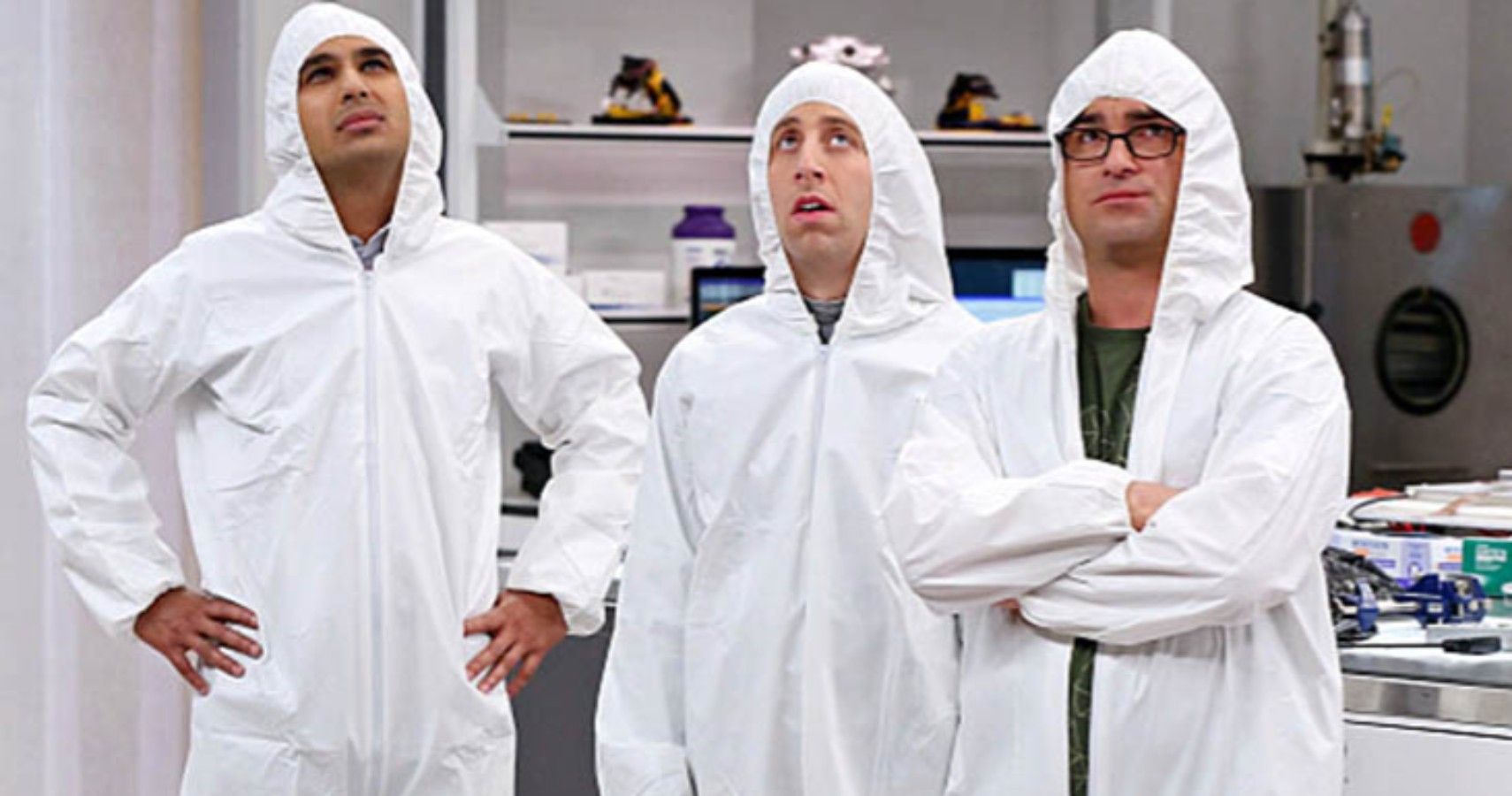
When The Big Bang Theory concluded its 12-season run in 2019, it had become one of the most successful sitcoms in television history. But its lasting popularity can’t be attributed to just one character, catchphrase, or storyline. What truly set the show apart—and helped it resonate for over a decade—was its ensemble cast.
The magic of The Big Bang Theory was in its chemistry. A group of scientists, a waitress-turned-saleswoman, a neuroscientist, a microbiologist, and an astrophysicist somehow found themselves in each other’s lives—and created a sitcom family that felt both improbable and deeply real.
An Unlikely Beginning
When the show premiered in 2007, the core group consisted of Leonard, Sheldon, Howard, Raj, and Penny. Each was drawn in bold comedic strokes: Leonard was the nerd with a heart, Sheldon the rigid genius, Howard the wannabe ladies’ man, Raj the sweet but socially terrified astronomer, and Penny the friendly outsider.
On paper, they shouldn’t have worked. But on screen, something clicked.
The early seasons leaned heavily into their odd-couple dynamics—especially the push-pull between Sheldon’s logic and everyone else’s patience. But what began as caricatures slowly matured into complex characters, thanks in large part to how well the actors understood and supported each other.
Johnny Galecki (Leonard) and Jim Parsons (Sheldon) built one of television’s great comedic partnerships. Kaley Cuoco’s Penny balanced their neuroses with warmth and grounded charisma. Simon Helberg (Howard) and Kunal Nayyar (Raj) found nuanced ways to make awkwardness endearing. Together, they created a rhythm that made even the strangest scenarios believable.
Expansion That Felt Organic
The addition of Mayim Bialik (Amy Farrah Fowler) and Melissa Rauch (Bernadette Rostenkowski) midway through the series marked a critical turning point. Instead of throwing off the dynamic, their presence elevated it.
Amy gave Sheldon space to grow emotionally, while Bernadette pushed Howard toward maturity. Both women added depth to Penny’s character, creating a trio that was funny, complex, and refreshingly un-stereotypical.
Crucially, no one in the ensemble was static. Each character was allowed to evolve. Leonard became more assertive. Penny discovered her professional self-worth. Raj confronted his emotional dependence. Even Sheldon—famously unchanging—found ways to adapt, culminating in his emotional Nobel Prize speech.
This growth wasn’t just good writing. It reflected a cast that worked with trust, collaboration, and a shared sense of purpose.
Behind-the-Scenes Bonds
Much of the on-screen chemistry stemmed from genuine friendships behind the scenes. By all accounts, the cast shared a rare level of camaraderie—frequently celebrating birthdays together, rehearsing scenes until they felt just right, and supporting each other through personal milestones.
Their final season was famously emotional. The cast negotiated contracts as a unit, took pay cuts so co-stars could earn more, and held weekly table reads that often ended in tears and hugs. They weren’t just colleagues; they had become family.
This bond translated into performances that felt intimate. When Leonard and Sheldon argued, the tension was real. When Penny comforted Amy, the warmth was sincere. When Raj shared his loneliness, it hit a little harder than a standard punchline.
Audiences responded to that authenticity. The laughs were big, but the emotions were honest.
Supporting Characters, Major Impact
Beyond the core ensemble, recurring characters like Stuart (Kevin Sussman), Beverly Hofstadter (Christine Baranski), and Wil Wheaton (as himself) added texture to the show’s world. They weren’t throwaway roles—they were integrated parts of the story who made the universe feel lived-in and expansive.
Even background characters like Bert, Kripke, and Mrs. Wolowitz (heard but never seen) became fan favorites. That’s a testament to how well the ensemble held space for others, allowing small roles to shine without overshadowing the main cast.
Ensemble Comedy Done Right
Many sitcoms rely on one or two breakout stars to carry the story. The Big Bang Theory avoided that trap by spreading its comedic and emotional load across all its characters. One week, Sheldon might drive the plot with a science experiment. The next, it might be Raj’s love life or Bernadette’s workplace struggles.
This balance gave the show longevity. No one character overstayed their welcome. No joke had to do all the heavy lifting. And over 279 episodes, the writers and actors built a world where fans felt like part of the friend group.
More importantly, it made the emotional beats hit harder. Sheldon’s wedding wasn’t just about Sheldon—it was about how far everyone had come. Leonard and Penny’s evolving marriage reflected the growth of every character. Even the seemingly small moments—like game nights, movie marathons, or elevator repairs—resonated because they were shared.
A Farewell That Felt Earned

When the show ended, the final episodes didn’t rely on gimmicks or plot twists. Instead, they focused on the friendships that had carried the series all along.
Sheldon and Amy won the Nobel Prize, yes—but the final moment was about Sheldon recognizing his friends. Leonard and Penny announced their pregnancy—but the real emotion came from the circle of people cheering them on. The elevator was finally fixed—but the true resolution was emotional, not physical.
It was an ensemble farewell for an ensemble show. Each goodbye felt personal, each hug earned.
Conclusion: A Sitcom Built on Chemistry
The Big Bang Theory may be remembered for its science jokes, pop culture nods, and record-breaking viewership—but its real legacy lies in its ensemble. In a world of reboots and short-lived hits, this cast stood the test of time.
They reminded us that the best comedies aren’t just about the jokes—they’re about the people telling them together.
Twelve years. Seven friends. One unforgettable chemistry.
